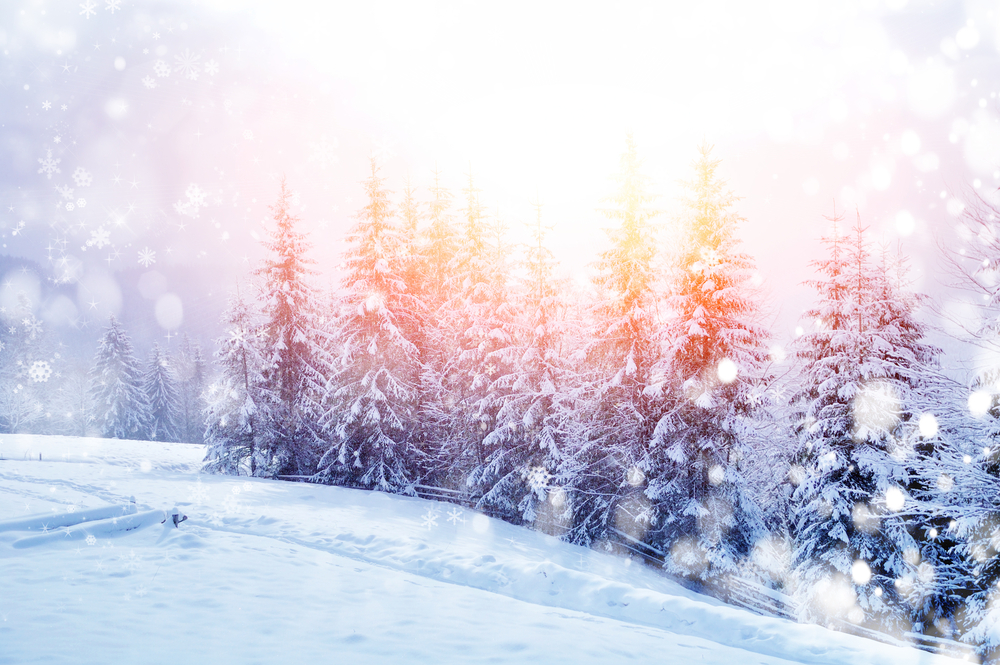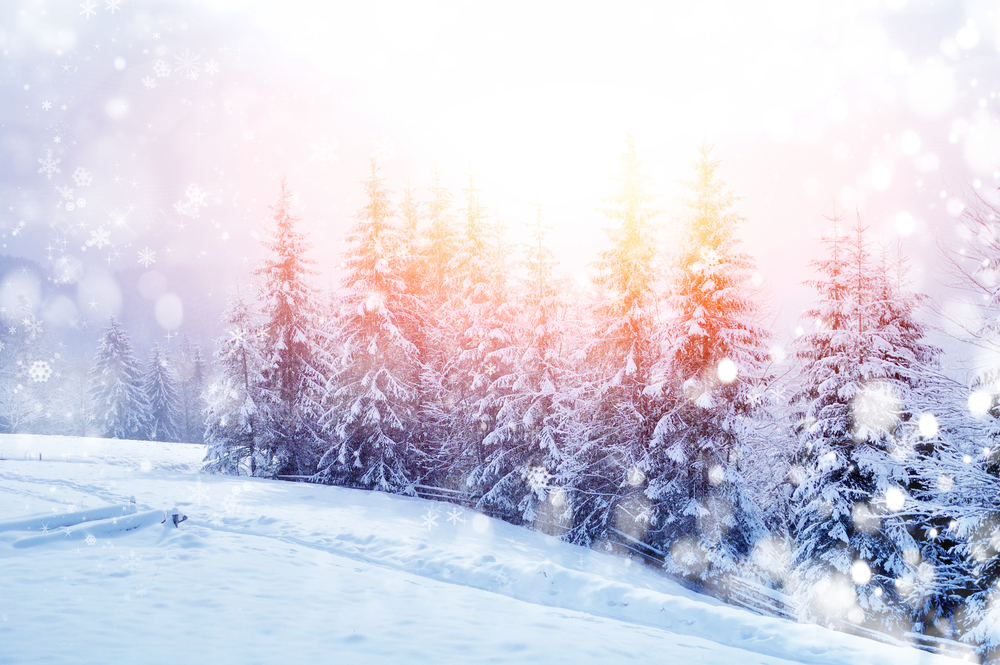
Winter can be treacherous and depressing. The freezing cold and extreme wetness is bad enough; it can also mean rising home maintenance and energy bills. The HVAC system, in particular, bears the brunt of winter’s harshness, since it has to work overtime to keep the entire place warm. So, it’s always wise to winterize your home—right before the cold weather hits and begins to wreak its havoc. Here are some of the ways you can winterize your home, along with the benefits of doing so:
Insulate the building
Openings in the house can let in excess cold air in, thus increasing the workload of the HVAC system. Indeed, some industry experts theorize that about 30 percent of a home’s heat escapes from around windows and under doors, which can increase energy costs by 50 to 75 percent. You can cover the windows with sheets of transparent film and fit a thin piece of cardboard underneath closed doors to keep warm air in and cold air out. Also check the entire house for any cracks or holes and seal them accordingly. Insulating material like fiberglass, spray foam, radiant barrier, and even denim are available at your local home improvement store.
Check your furnace
Each HVAC system is connected to a furnace, which is for high temperature heating. A dirty one, however, is less efficient in heating the home. That translates to more energy consumed for less heat produced. Usually, the fault lies with dirty filters. It is recommended that you replace them with electrostatic or HEPA (High-Efficiency Particulate Arrestance) filters, instead of fiberglass ones. Electrostatic filters can trap and control 88 percent of debris, while HEPA filters can trap virtually all air-borne particles. Another suggestion would be to replace your furnace with one certified by the ENERGY STAR standard, which is set by the Environmental Protection Agency and U.S. Department of Energy. They tend to be more energy efficient than regular models, and you can actually get up to 30 percent of the cost covered by federal tax credits for new furnaces.
Do some outside work
It’s not just the inside that needs attention. Outside, parts of the plumbing system could rupture due to the extreme cold, thus preventing toilets from functioning at their very best. Also, drafts can go through patios, decks, and driveways. You can apply insulating pipe wraps to protect your plumbing system from freezing temperatures, and outdoor fixtures can be sealed to prevent cold air from travelling to the house. Also, watch out for hanging branches, since ice and snow can weigh them down. Trim or remove the ones that are close enough to cause damage to your roof or any other part of your house.
Call the professionals for an inspection
If you are not a DIY kind of person or need assurance of optimal winterizing, you can call an HVAC contractor to come over. Remember, having HVAC technicians at your home is not only for when something is wrong. HVAC professionals can also stop by for implementing preventative maintenance. For instance, they can check to see if all the ducts are properly sealed, and if the air filter needs replacement. These measures not only improve the performance of the HVAC system, but also extend its life and prevent breakdowns. In some cases, professional inspections can even stave off safety issues, such as gas leaks.
